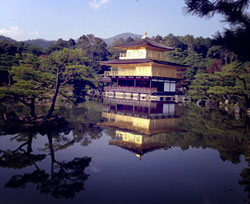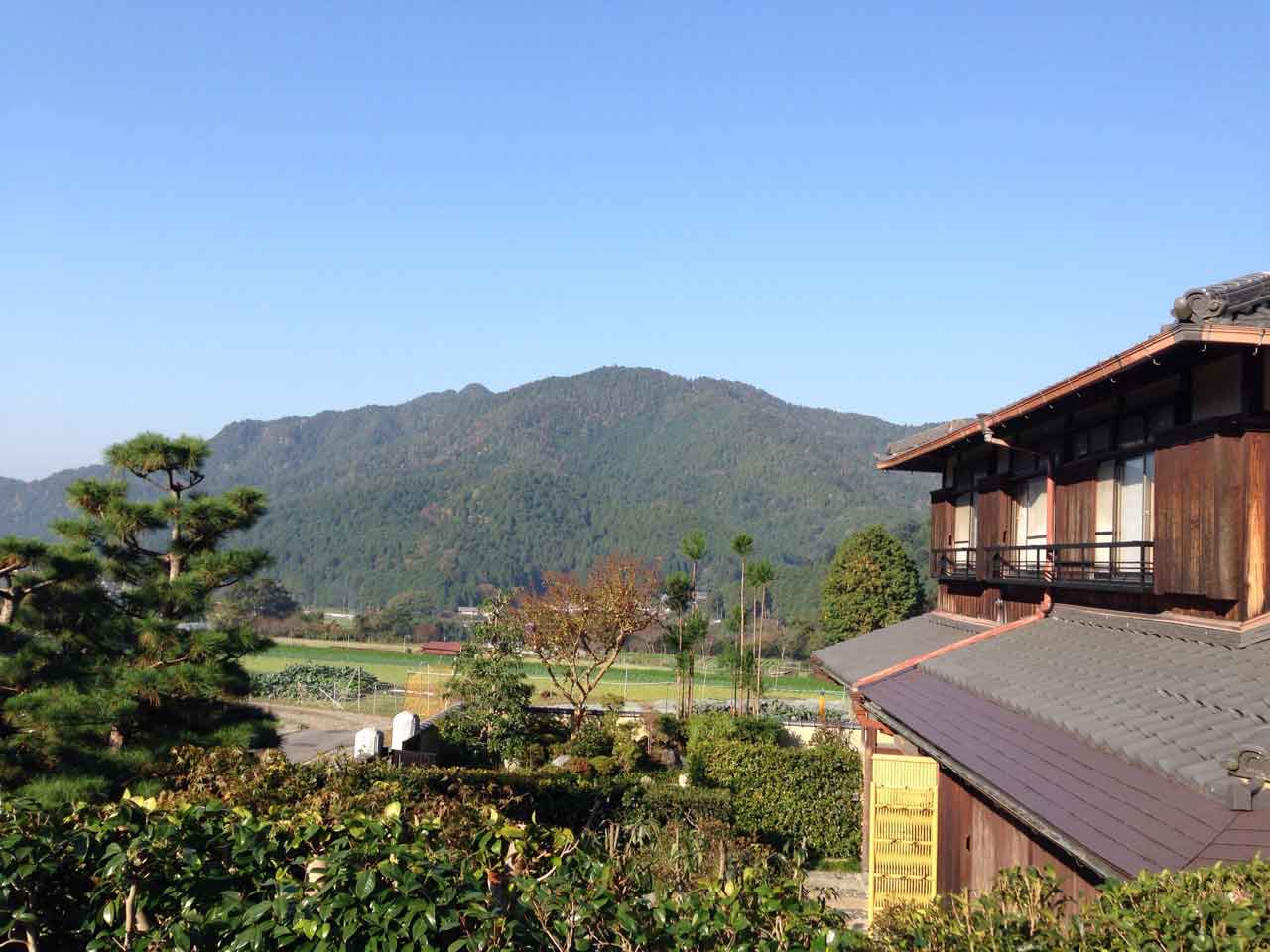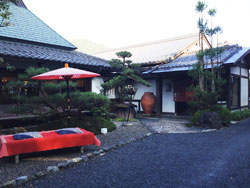Lifestyle & ETC.
A trip to charming old town, Kyoto
- I have read a lot about this historic small city and have listened to many stories from friends about Kyoto’s many beautiful sites and ancient traditions still existing in the old part of the city. It is the character of Kyoto that is appealing and the lifestyle of its inhabitants that reflects parts of the age-old traditions.
Our plan for this 5-day trip is to really get a grip of what Kyoto is all about, so as soon as we landed at Kansai International Airport, Osaka, we wasted no time in buying the Kansai Pass in order that we could take the train from Rinku Town to Kyoto. The good part about this Kansai Pass is that the ticket covers services to many popular places including Osaka, Kyoto and to other such cities as Kobe and Nara as well. We, of course, had to change trains at Namba Station before heading to Umeda Station where we took the train into Kyoto city. At the initial impression upon arrival, Kyoto looks like any other cities in Japan but much smaller in size though. There are tall buildings, busy roadways and intersections crowded by pedestrians and schoolchildren. However, as soon as we traveled away from the city center, the scenery changes and seems less crowded. We saw many temples and shrines that characterizes this old city. We got off the bus and walked leisurely to our first sightseeing spot, the Kinkakuji Golden Pavilion. This is one of the “must see” of Kyoto and I can see why! The beautiful golden pavilion stands majestic overlooking a big pond and surrounded by lush green Japanese style garden. The bright golden pavilion stands brilliant against the background of golden autumn foliage; this is probably one of the best times to visit Kyoto. The Kinkakuji Golden Pavilion has its match, the Ginkakuji Silver Pavilion, just as magnificent and both temples are highly recommended.
At the initial impression upon arrival, Kyoto looks like any other cities in Japan but much smaller in size though. There are tall buildings, busy roadways and intersections crowded by pedestrians and schoolchildren. However, as soon as we traveled away from the city center, the scenery changes and seems less crowded. We saw many temples and shrines that characterizes this old city. We got off the bus and walked leisurely to our first sightseeing spot, the Kinkakuji Golden Pavilion. This is one of the “must see” of Kyoto and I can see why! The beautiful golden pavilion stands majestic overlooking a big pond and surrounded by lush green Japanese style garden. The bright golden pavilion stands brilliant against the background of golden autumn foliage; this is probably one of the best times to visit Kyoto. The Kinkakuji Golden Pavilion has its match, the Ginkakuji Silver Pavilion, just as magnificent and both temples are highly recommended.
As Kyoto is a city of temples and shrines, naturally our next stop is the Kiyomizudera Temple, one of the highly notable temples of Japan. The temple itself was founded during the 8th century and because of its strategic location on the Otowa Waterfall, the temple commands a panoramic view of the beautiful surrounding area. The Kiyomizudera is much noted for the big wooden stage that juts out from the main temple building rising 13 meters above the mountainside. You must be a good “walker” to cover the whole area, the ground is big and you may need at least two hours to see it all! Again, it is worth your time. Before heading to our booked Ryokan, we had a quick lunch at one of the local tempura restaurant. You should not leave Japan without trying out the famous tempura, some of the restaurants in Kyoto date back nearly a century they say. We had our lunch at a very old restaurant dating back some 70 years, it is a very small place right in the center of town. There are seats just enough for ten people. This is the famous “Yoshigawa Restaurant” renowned for its light and crispy tempura batter.
Before heading to our booked Ryokan, we had a quick lunch at one of the local tempura restaurant. You should not leave Japan without trying out the famous tempura, some of the restaurants in Kyoto date back nearly a century they say. We had our lunch at a very old restaurant dating back some 70 years, it is a very small place right in the center of town. There are seats just enough for ten people. This is the famous “Yoshigawa Restaurant” renowned for its light and crispy tempura batter.
Before the sunset, we decided that we should head to our accommodation in Ohara. We took a forty minutes train ride to this picturesque small town in the outskirt of Kyoto. As soon as we arrived at the station, an old taxi driver greeted us, I would not be surprised if his age is 80 plus but he certainly looks healthy
andenergetic, it must be the good food and pure air. Our driver drove up the winding hillside roads, ahead of us, we could see the clouds floating in layers and layers as our car climbed higher and higher, this must be heaven! Shortly, the car stopped in front of a small Japanese style house which must be our Ryokan, the “Seryo”, small but definitely atmospheric . There are only nine rooms at this hotel and all of them have access to a small but beautiful Japanese garden with ponds, lush greenery and amazingly, a persimmon tree. Our room is quite spacious with a view of the garden and there are both indoor and outdoor onsen, I opted for the outdoor one. I love the hot dip amidst the cold air, its rejuvenating and good for your blood circulation. That why the Japanese are so healthy, actually they are the healthiest people on the planet.
Our driver drove up the winding hillside roads, ahead of us, we could see the clouds floating in layers and layers as our car climbed higher and higher, this must be heaven! Shortly, the car stopped in front of a small Japanese style house which must be our Ryokan, the “Seryo”, small but definitely atmospheric . There are only nine rooms at this hotel and all of them have access to a small but beautiful Japanese garden with ponds, lush greenery and amazingly, a persimmon tree. Our room is quite spacious with a view of the garden and there are both indoor and outdoor onsen, I opted for the outdoor one. I love the hot dip amidst the cold air, its rejuvenating and good for your blood circulation. That why the Japanese are so healthy, actually they are the healthiest people on the planet..jpg) After taking our onsen, we feel so energized and ready for our big meal arranged by the hotel. I think it must be around 5-6 course meal culminating with a tender beef hot pot or the “Shabu”, lots and lots of fresh crispy vegetables and nice tender red meat, what a feat! They served us glasses of Japanese plum wine called the “Umeshu”, I love it, and it is very aromatic, smells good and taste of sweet plum. The “Umeshu” really goes well with Japanese food especially with Sushi and Sashimi. A small village and an ancient temple of many hundred years surround our Ryokan.
After taking our onsen, we feel so energized and ready for our big meal arranged by the hotel. I think it must be around 5-6 course meal culminating with a tender beef hot pot or the “Shabu”, lots and lots of fresh crispy vegetables and nice tender red meat, what a feat! They served us glasses of Japanese plum wine called the “Umeshu”, I love it, and it is very aromatic, smells good and taste of sweet plum. The “Umeshu” really goes well with Japanese food especially with Sushi and Sashimi. A small village and an ancient temple of many hundred years surround our Ryokan.
After dinner, we took a stroll to this old wooden temple built hundreds of years ago; rhythmic sound of prayer could be heard as we walk quietly around the temple ground. This is a true Ryokan experience, far away from the city crowd and so laid back that life seems to stand still.
We took an early morning walk before heading back to Kyoto leaving behind us a quiet little village.
Kumari Ratanadib is currently contributor to such magazines as Hello!, Numero and leading architectural and design books. She based many of her articles on her travel experiences abroad.

